Editorial: General Motors Death Watch 259: Sajeev Mehta's "Cadillac Dreams"

When I was a kid I wondered what it was like growing up in GM’s heyday of brilliant designs and well-defined brand delineations. I was a product of the 1980s, a time when emissions-choked Disco Iron and OPEC-induced minimalist boxes overshadowed yesteryear’s works of art. And what I learned from this generation is that General Motors is no stranger to progress, yet they never got over themselves to do the right thing.
I saw it on TV, heard it in my house: you can’t tell a Cadillac from an Oldsmobile these days. While acid-wash wearing youngsters knew the difference between a FWD Delta 88 and its chrome-laden Cadillac counterpart, my parents disagreed. And they had a point: GM products were far more distinctive when they immigrated to this country in 1965. Twenty years later, a series of Lincoln ads capitalized on their values.
As Pistonhead folklore has it, TV spots known as “The Valet” made Cadillac and GM the laughing stock of Detroit’s elite social circles. It showed a confused valet delivering mundane 1985 Buicks and Oldsmobiles to a frustrated rich couple waiting on their (equally dull) Sedan DeVille. While Ford made GM’s wrong wheel drive experiment look ridiculous, that wasn’t far from the truth. But the exception was the new-for-1985, downsized, Cadillac Fleetwood Seventy-Five Limousine: a Turd Blossom of the highest order.
Yes, the 1980s was a period of unflattering change for GM. Yet spending time in the Fleetwood Seventy-Five’s decadent cocoon makes the silver lining easy to spot. A product of decades-long cooperation between Cadillac and Fisher Body (a.k.a. GM’s internal Department of Redundancy Department), the Fleetwood Seventy-Five was a brilliant concept: cut a Coupe DeVille in half, stretch two feet and cram with a host of unique and unbelievably luxurious parts.
And the last of the Fleetwood Limos was no slouch, unreliable powertrain notwithstanding. Weighing a modest 3700lbs but sporting the same levels of space and luxury as the “good old days”, it was a great niche for an increasingly energy-conscious nation. Cadillac spoke to Wall Street sans Gordon Gekko: symbolizing everything right with the “old” GM while simultaneously acting as the springboard for their future.
But that never happened. The growing pains from Ross Perot’s EDS-infused technology, problems with too many parts, boring brands and benign platforms combined with decreasing market share made GM an overburdened automaker with a tenuous grip on auto and home finance. And there’s no better example of GM’s Blizzard of Bland than the staggering number of V6 engines produced since the death of the Fleetwood Seventy-Five to the passing of General Motors.
The first is the 60-degree pushrod V6, introduced with 2.8 liters of displacement. Never a finesse player, this motor became the foundation for the Twin Dual Cam in the Chevrolet Lumina Z34. Not one to let this sad sack lay, GM kept this motor as their “High Value” V6, powering today’s rental car queens with niceties like variable valve timing and even displacement on demand. Yes, really.
The other value-intensive mills are the 3.8L “Fireball” Buick and the 4.3L (small block Chevy derived) V6. The latter lived and died in brand-dishonest interpretations of the Chevy Caprice/Impala/Monte Carlo, while the former is known across all brands for excellent boosted or naturally-aspirated torque, respectable durability and three generations of inferior NVH (noise, vibration, harshness) characteristics from its physically unstable 90-degree architecture.
Today we have several flavors of High Value: 3.5L, 3.8L and 3.9L. All fit in the same car, target market and price point.
Maybe one pushrod V6 is enough. Better yet, consider GM’s “High Value” six bangers: the Northstar based ShortStar V6 in the Oldsmobile Aurora/Intrigue and the Alloytech 3.6L mill used in the Cadillac CTS. Too bad GM sent the limited-production ShortStar to an untimely death, and the Alloytech is far, far too late.
Why make a pushrod V6 Buick Lucerne flagship, even if it costs less than a DOHC V6 Camry?
I thought General Motor’s days of indistinguishable products peaked when Miami Vice sailed off the airwaves. But GM’s initiatives from the 1980s went all wrong, and V6 engines are only one explanation for why the company failed. Make no mistake, there’s plenty more where that came from.
GM was supposed to install uniformity where it isn’t visible, keeping product uniqueness everywhere else. And hopefully making the equivalent of a Fleetwood Seventy-Five for all brands: we wouldn’t mourn the loss of General Motors if they trashed the unnecessary engineering, using their ingenuity instead for eye-catching (and profit-laden) redesigns of the Impala, Cutlass, Park Avenue, Grand Prix and Fleetwood. Better luck next time, General Motors.

More by Sajeev Mehta
Latest Car Reviews
Read moreLatest Product Reviews
Read moreRecent Comments
- Probert They already have hybrids, but these won't ever be them as they are built on the modular E-GMP skateboard.
- Justin You guys still looking for that sportbak? I just saw one on the Facebook marketplace in Arizona
- 28-Cars-Later I cannot remember what happens now, but there are whiteblocks in this period which develop a "tick" like sound which indicates they are toast (maybe head gasket?). Ten or so years ago I looked at an '03 or '04 S60 (I forget why) and I brought my Volvo indy along to tell me if it was worth my time - it ticked and that's when I learned this. This XC90 is probably worth about $300 as it sits, not kidding, and it will cost you conservatively $2500 for an engine swap (all the ones I see on car-part.com have north of 130K miles starting at $1,100 and that's not including freight to a shop, shop labor, other internals to do such as timing belt while engine out etc).
- 28-Cars-Later Ford reported it lost $132,000 for each of its 10,000 electric vehicles sold in the first quarter of 2024, according to CNN. The sales were down 20 percent from the first quarter of 2023 and would “drag down earnings for the company overall.”The losses include “hundreds of millions being spent on research and development of the next generation of EVs for Ford. Those investments are years away from paying off.” [if they ever are recouped] Ford is the only major carmaker breaking out EV numbers by themselves. But other marques likely suffer similar losses. https://www.zerohedge.com/political/fords-120000-loss-vehicle-shows-california-ev-goals-are-impossible Given these facts, how did Tesla ever produce anything in volume let alone profit?
- AZFelix Let's forego all of this dilly-dallying with autonomous cars and cut right to the chase and the only real solution.


















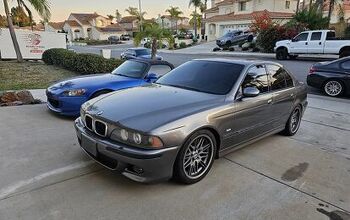

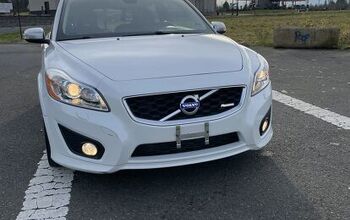

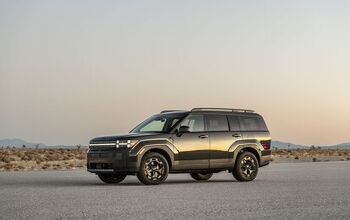
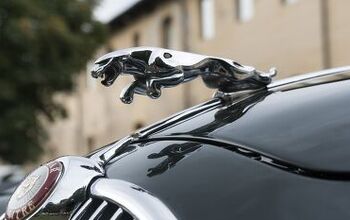
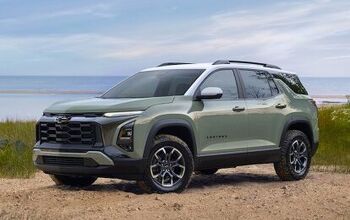



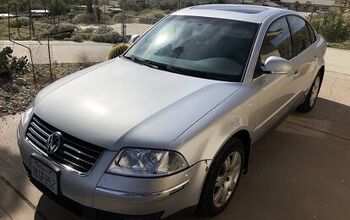





Comments
Join the conversation
@ menno Calling the Turboglide a three-speed is a slight misnomer. The Turboglide (and the conceptually similar, short-lived Buick Triple Turbine Dynaflow) was essentially what today we would call a continuously variable transmission -- just a really lossy and inefficient one, based around a complex torque converter, rather than mechanical belts, gears, or rotors. It did have gearsets, but it didn't shift them mechanically. The reason that (and the Dynaflow, which was a similar idea, if far less complicated) developed was that Chevy and Buick didn't like the firm, rather jerky shifts of the early four-speed Hydra-Matic used by Olds, Pontiac, and Cadillac. Until well into the fifties, Buick and Chevy still used torque-tube enclosed driveshafts, so each shift sent a jolt into the body. The Dynaflow and early Powerglide were designed to be 'jerkless' transmissions, albeit at a great cost in efficiency.